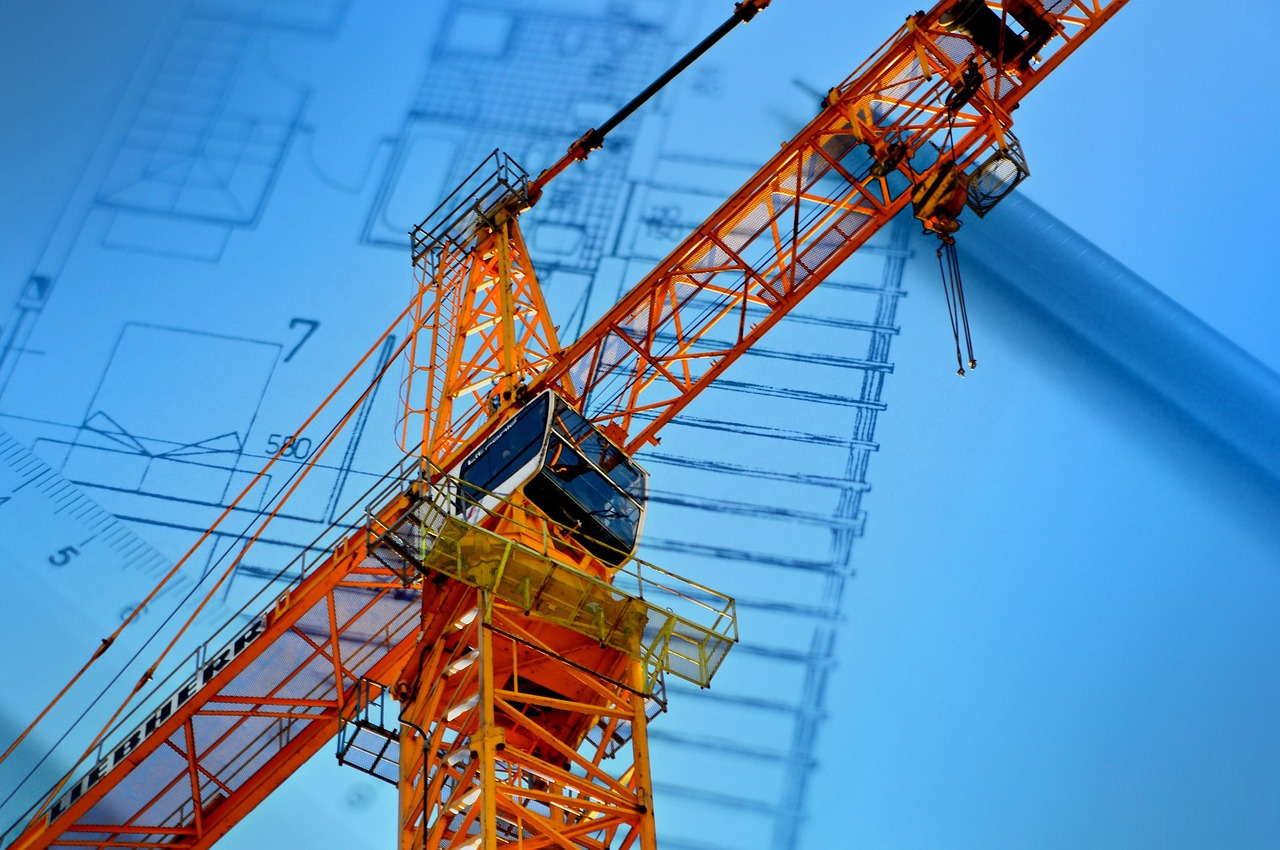Construction industry trends
Keeping up with the latest trends helps construction business stay on top of their game and helps them prepares for future challenges.
Contents |
[edit] Green building technologies
Green construction is based on building projects in an environmentally-friendly and resource-responsible way. It spirals through all the stages, from planning and design, to renovation and demolition. However, many green construction approaches are not significantly different from traditional building, since the economy, durability, and functionality, still remain important elements of the process. Although the construction industry accounts for about 20% of global emissions, expanding populations demand more buildings. The only viable way is to build sustainably, using technologies like recycled bricks, self-healing asphalt, and thermally-driven AC systems.
[edit] Modular and prefabricated elements
Modular construction companies owe their popularity mainly from the rate at which they can build residential and commercial objects. Based on assembling repetitive structures, modular construction can be a good approach for building office buildings, hotels and apartments. Modular construction can save companies a lot of time and money, but there is also a sustainable dimension to it. Since individual elements are manufactured in controlled off-site conditions, the excess material and wastage are reduced to a minimum, as is building-site noise pollution and potential health and safety risks.
[edit] Increased material cost
Material prices increased from 2-3% by the end of 2018, prompting many construction companies to consider what that would mean to them and to prepare to stay competitive. Analysed by the Associated Builders and Contractors, the US Bureau of Labor Statistics data confirms the increase in material prices. The declining prices of 2015 and 2016 have now almost been completely forgotten, as the increase in demand driven by ramped-up building activity is increasing the cost of iron and steel, steel-mill products, and softwood timber. There are also extra-industrial factors to consider, such as energy prices.
[edit] Project management software
Although the construction industry can be slow to adopt new technology, the use of project management software seems to be a strong trend. Software products are becoming more advanced, with features being added constantly. For example, by using cloud-based software platforms, quantity surveyors are able to efficiently manage design, establishing a working budget for structural and finishing elements, taking into account the architectural specifications, structural constraints, schedules and services. Such an intelligent and streamlined approach to construction cost estimating significantly improves transparency, accountability and efficiency.
[edit] Drones
These invaluable technical aides are slowly making their way into the construction arena. Government agencies are using them for tasks such as bridge inspection, emergency response, and traffic monitoring, and unmanned aerial vehicles (UAVs) can also be used for collecting data, surveying large areas of land, inspecting the progress of a project and so on.
For more information see: Drones.
[edit] Augmented reality and virtual reality
The evolving sophistication of the AR and VR technologies opens up new opportunities in improving the design and planning phases, by enabling interactive simulations of projects even before the site has been surveyed. Virtual reality is particularly useful when building in difficult or remote terrains, where site visits are challenging, while construction teams may need to communicate across long distances. This technology allows for instantaneous inspection and evaluation of the site. Although still in their infancy, today’s AR and VR solutions are expected to improve and the number of sites running trial versions is expected to increase.
[edit] Decreased labour workforce
In the US, there are currently nearly a quarter of a million open construction jobs, and the situation does not seem to be improving. With so many ongoing projects facing labour shortages, production has either stalled or slowed down. While many companies have turned to prefabricated and modular construction to meet project deadlines, the number of on-site workers is still dwindling. Since the unemployment rate is still very low, construction companies still find it hard to draw in new people.
For more information see: Skills gap.
[edit] Related articles on Designing Buildings Wiki
Featured articles and news
RTPI leader to become new CIOB Chief Executive Officer
Dr Victoria Hills MRTPI, FICE to take over after Caroline Gumble’s departure.
Social and affordable housing, a long term plan for delivery
The “Delivering a Decade of Renewal for Social and Affordable Housing” strategy sets out future path.
A change to adoptive architecture
Effects of global weather warming on architectural detailing, material choice and human interaction.
The proposed publicly owned and backed subsidiary of Homes England, to facilitate new homes.
How big is the problem and what can we do to mitigate the effects?
Overheating guidance and tools for building designers
A number of cool guides to help with the heat.
The UK's Modern Industrial Strategy: A 10 year plan
Previous consultation criticism, current key elements and general support with some persisting reservations.
Building Safety Regulator reforms
New roles, new staff and a new fast track service pave the way for a single construction regulator.
Architectural Technologist CPDs and Communications
CIAT CPD… and how you can do it!
Cooling centres and cool spaces
Managing extreme heat in cities by directing the public to places for heat stress relief and water sources.
Winter gardens: A brief history and warm variations
Extending the season with glass in different forms and terms.
Restoring Great Yarmouth's Winter Gardens
Transforming one of the least sustainable constructions imaginable.
Construction Skills Mission Board launch sector drive
Newly formed government and industry collaboration set strategy for recruiting an additional 100,000 construction workers a year.
New Architects Code comes into effect in September 2025
ARB Architects Code of Conduct and Practice available with ongoing consultation regarding guidance.
Welsh Skills Body (Medr) launches ambitious plan
The new skills body brings together funding and regulation of tertiary education and research for the devolved nation.
Paul Gandy FCIOB announced as next CIOB President
Former Tilbury Douglas CEO takes helm.
UK Infrastructure: A 10 Year Strategy. In brief with reactions
With the National Infrastructure and Service Transformation Authority (NISTA).




























Comments